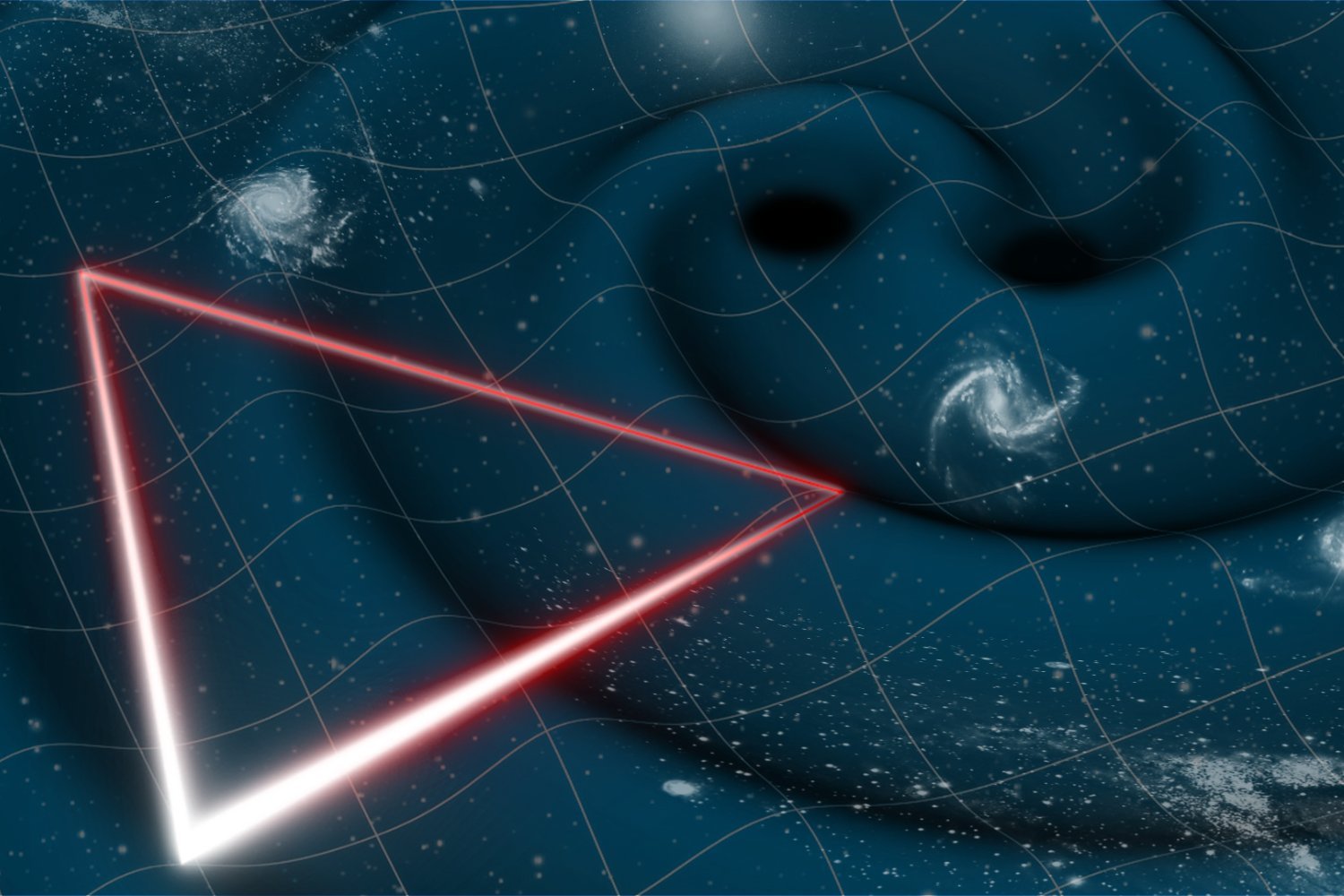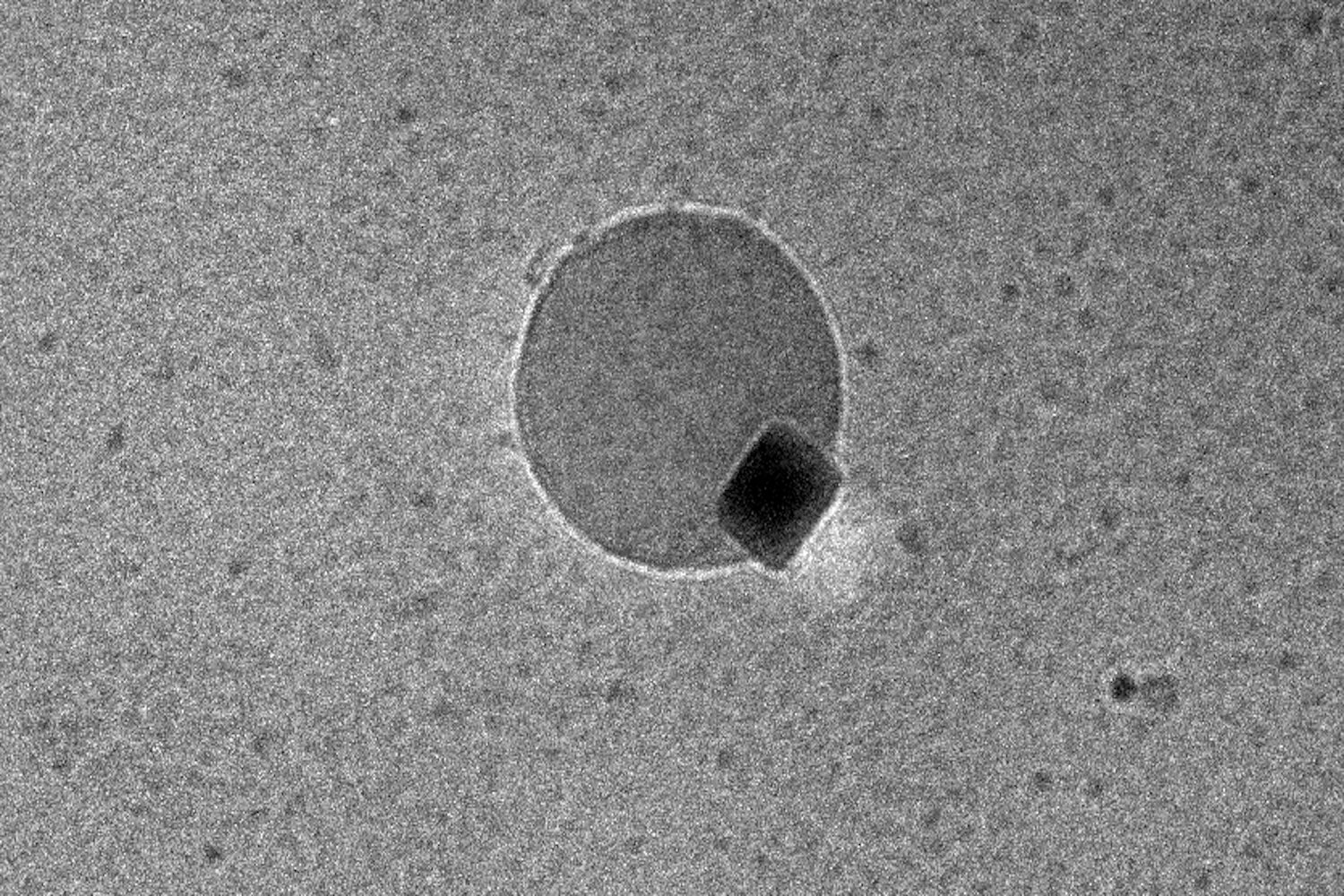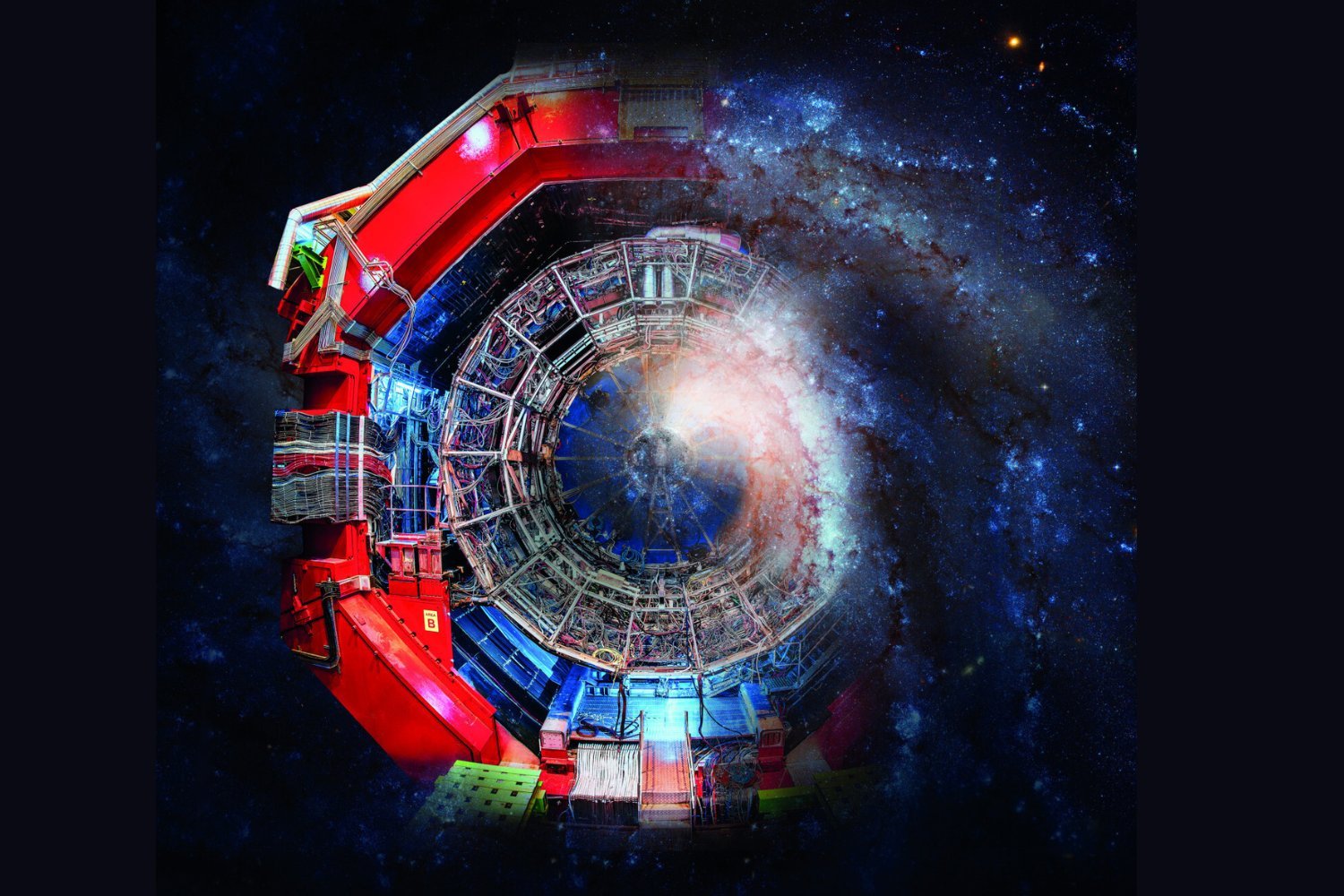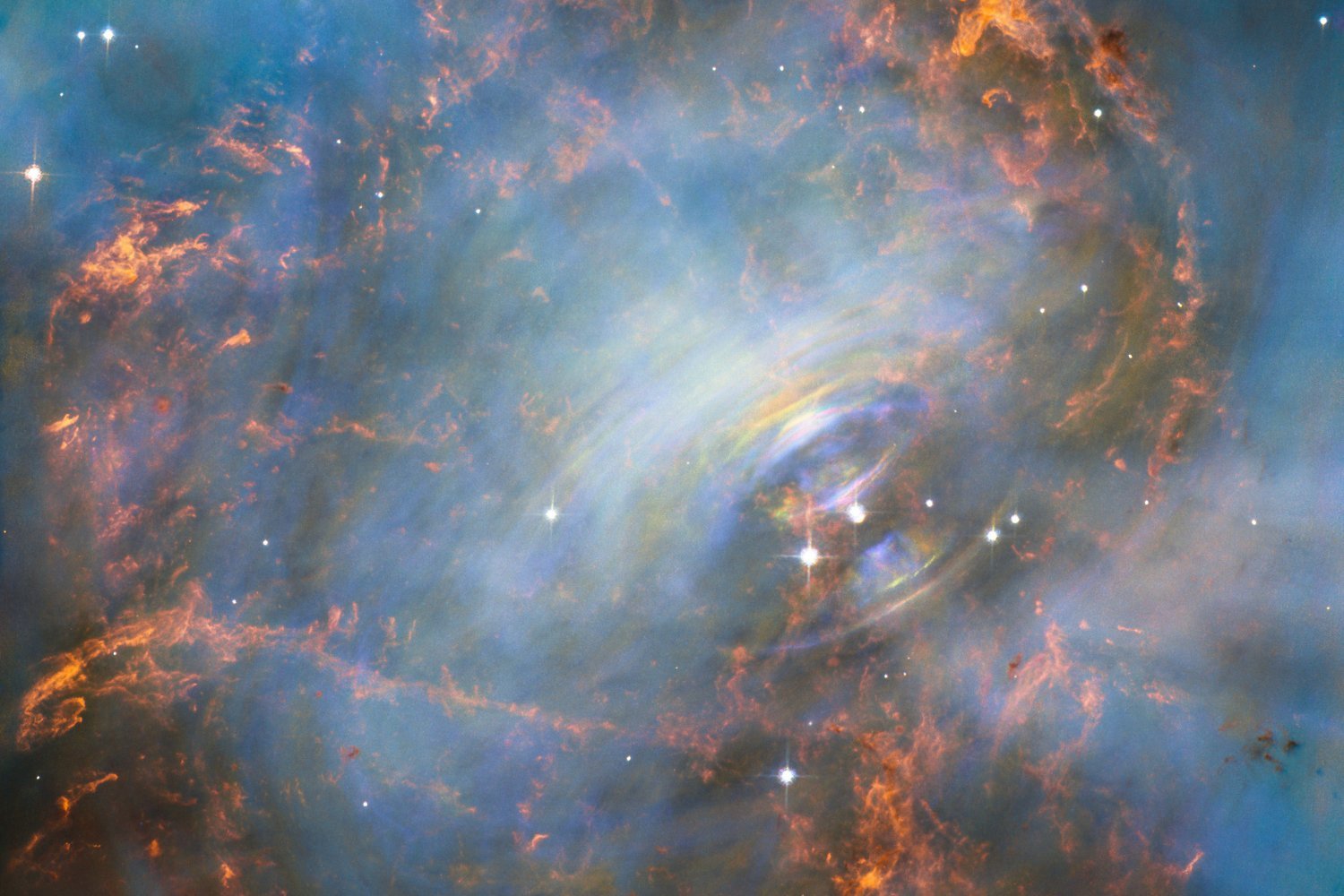Dark matter, the elusive substance comprising approximately 27% of the universe’s mass-energy, continues to evade direct detection. While its gravitational influence on visible matter is well-documented, its true nature remains a mystery. Now, researchers are exploring a novel approach to uncovering this enigmatic material: by searching for its subtle effects on spacetime itself using gravitational wave detectors.
A team of scientists recently analyzed data from the Laser Interferometer Gravitational Observatory (LIGO)’s third observing run, publishing their findings in Physical Review Letters. Their research focuses on the possibility that dark matter, rather than consisting solely of particles, may also behave like waves, causing minute oscillations in ordinary matter detectable by instruments like LIGO.
LIGO employs interferometry, a technique using lasers to precisely measure distances. As gravitational waves propagate through spacetime, they cause incredibly small expansions and contractions, altering the distance traveled by these lasers. This allows scientists to detect the ripples of spacetime caused by massive cosmic events, like black hole mergers.
This new research targets ultralight bosons, one of the hypothesized forms of dark matter. These particles are theorized to interact weakly with both matter and light, similar to another dark matter candidate, Weakly Interacting Massive Particles (WIMPs). Ultralight bosons could potentially form cloud-like structures, making their detection through gravitational wave data a possibility.
At the atomic level, the dark matter field can be visualized as fluctuating alongside the electromagnetic field. These oscillations in the dark matter field effectively modify fundamental constants, such as the fine structure constant and electron mass, which govern electromagnetic interactions. This effect could be detectable by LIGO.
Although the team hasn’t directly observed dark matter, their work has significantly constrained the strength of its interaction with the LIGO detectors. Their measurements improve upon previous research by a factor of 10,000 within their specific frequency range.
While the direct detection of dark matter remains a significant challenge, the continued exploration of innovative detection methods, like using gravitational wave detectors, brings scientists closer to understanding this fundamental component of our universe. The search for dark matter continues, pushing the boundaries of our understanding of the cosmos.











